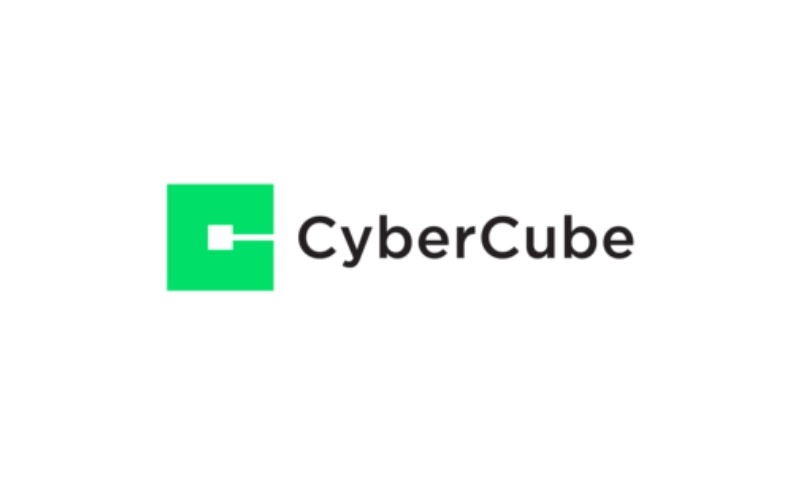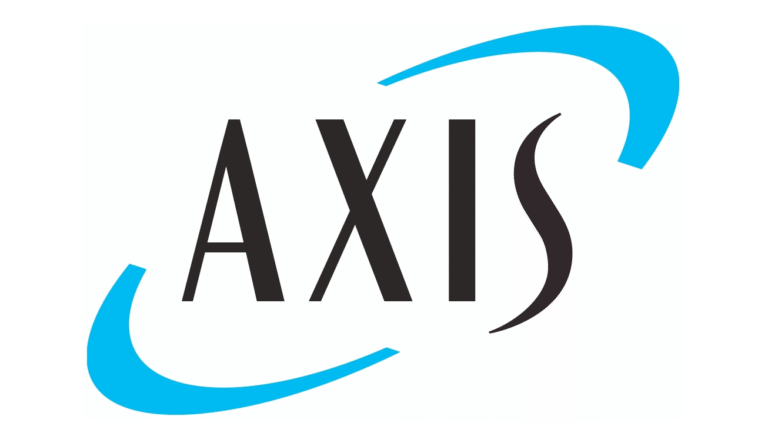
CyberCube, a provider of cyber risk analytics for the re/insurance industry, has estimated a preliminary loss range of $38 million to $581 million for the Amazon Web Services (AWS) cyber attack, which the firm has nicknamed “Amazonk”.

This has been reinforced in the estimated loss ratio impact for cyber insurers, which currently sits in the low- to mid-single digits.
Even though the event could have had several potential fallouts, CyberCube sees most potential outcomes clustering toward the lower end of the quoted range, with the higher end of the range allowing for headroom for future information.
CyberCube’s estimates on the event were published in a second SIR published this week. The analysis, which is based on Portfolio Manager Version 6, shows that the outage is likely to have affected over 2,000 large organisations and nearly 70,000 organisations in total.
For a quick note, the “Amazonk” event took place on October 20th, 2025, where CyberCube’s Cyber Aggregation Event Response Service (CAERS) initial procedures were activated.
The outage affected a broad set of downstream dependent platforms, including Snapchat, Fortnite, Roblox, Atlassian, and fintech apps such as Coinbase, Venmo, and IoT/smart-home services such as Ring.
The SIR explained, “In terms of industry effects, we see those that depend on high availability being the most affected, including technology and financial services firms. While the majority of AWS’s us-east-1 customers sit in the US, the effects were certainly felt by companies domiciled in the UK, Europe, and elsewhere, given the critical role that us-east-1 plays in AWS’s entire cloud infrastructure.
“Moreover, we expect AWS will act to reimburse companies for downtime and to avoid lawsuits. In light of the short duration of the event, companies may decide it is not worth the hassle to claim. These considerations would point more in the direction of our Low estimate.”
The report added, “Although initial headlines about Amazonk focused on the size and scale of AWS and the sheer number of firms reliant on it, one of the key takeaways from this event should be the levelheadedness with which the insurance industry is able to respond to it. This type of event is something that is modeled, priced for, and underwritten, and is well within insurers’ expectations.”





